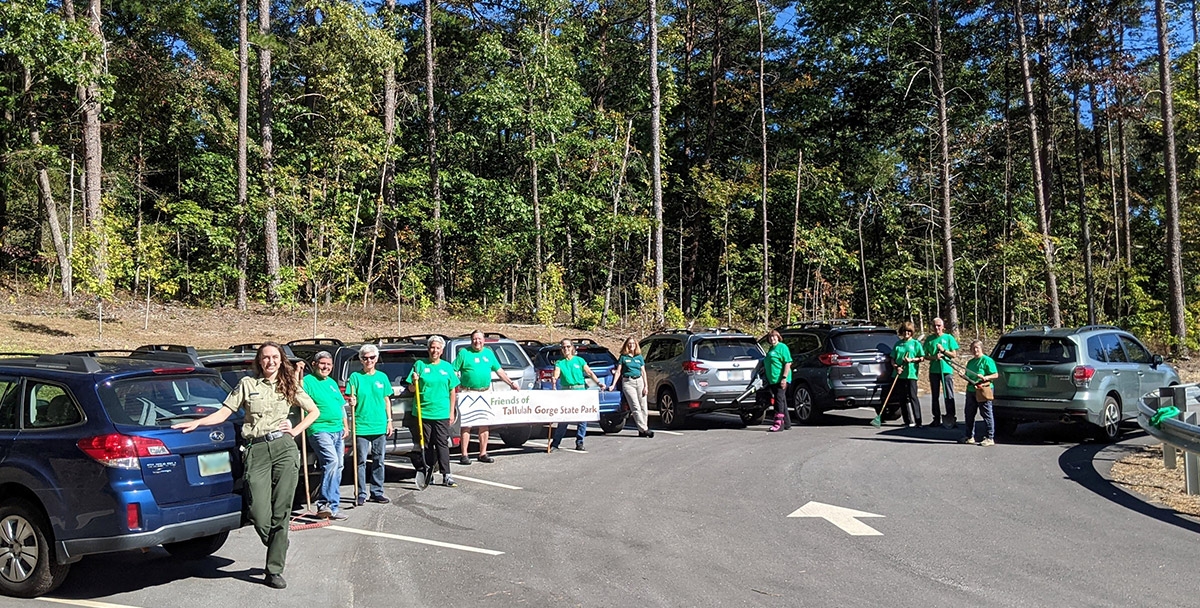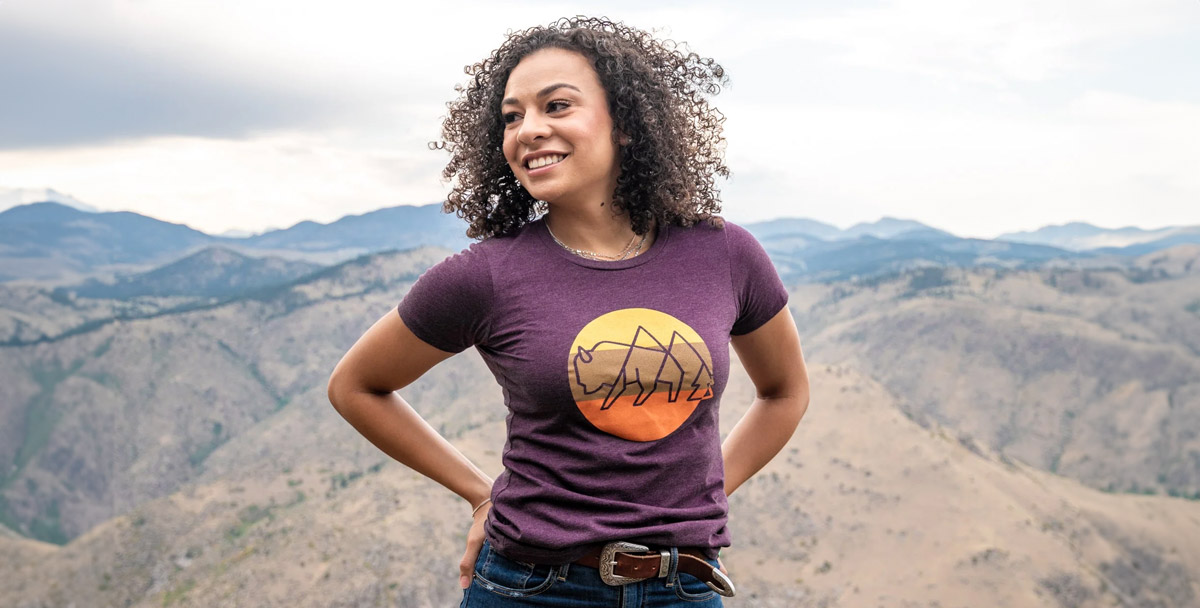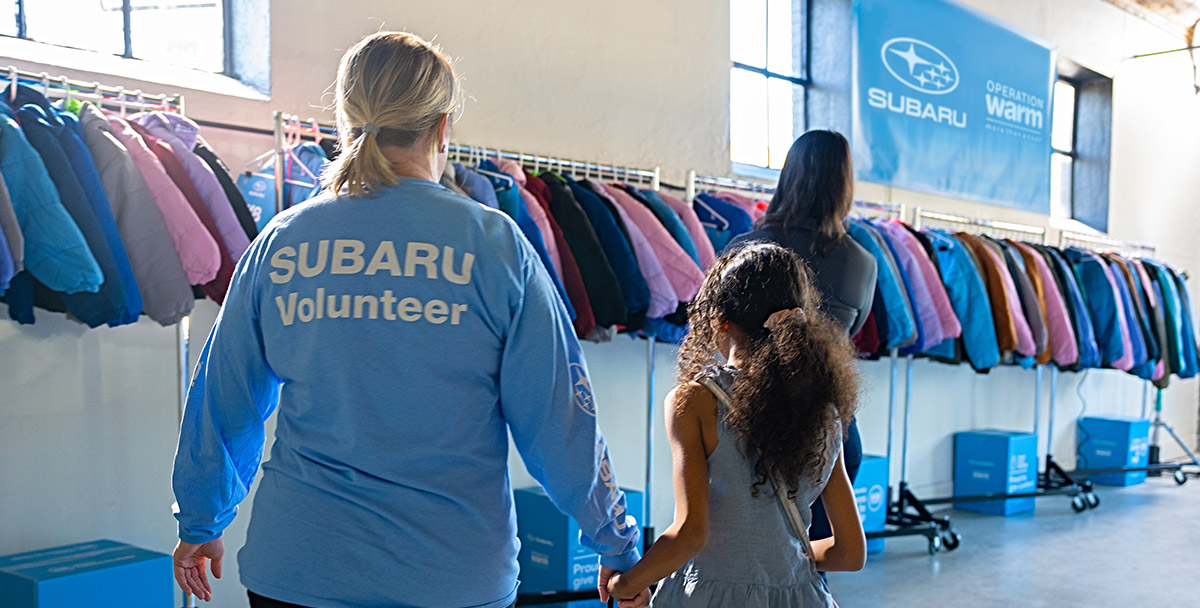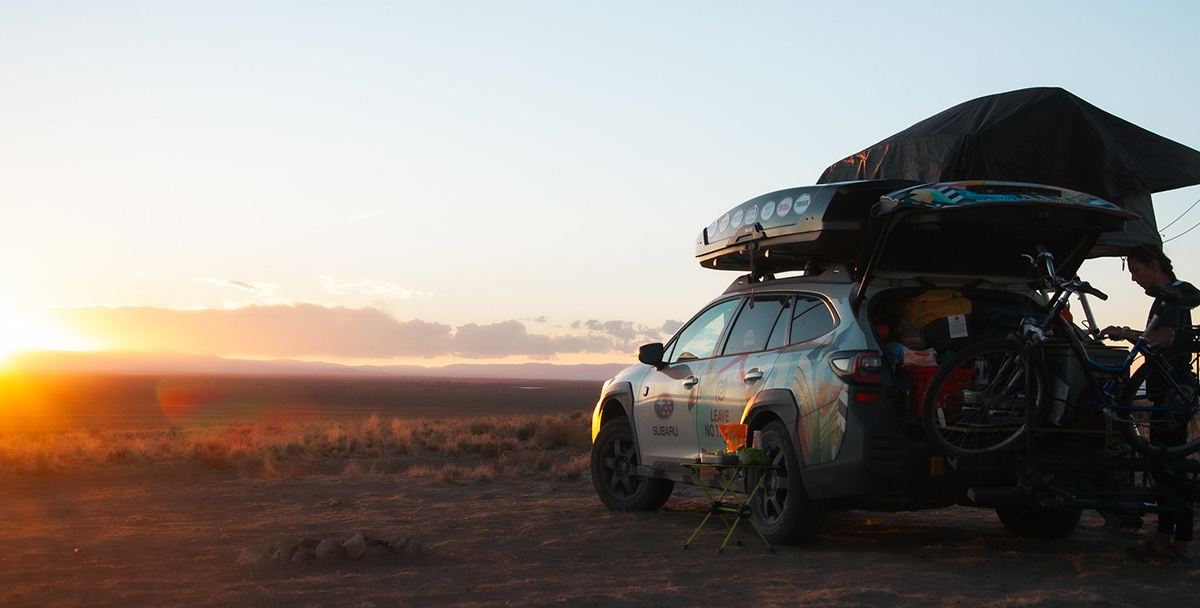In the fall of 2011, Kristen Gill, a travel writer from La Paz, Mexico, joined a team of research scientists on a boat traversing Magdalena Bay in the Mexican state of Baja California Sur. Their objective was to catch and measure sea turtles, affix satellite tags to their flippers and release them back into the water. By tagging the turtles, scientists could track their migration.
The trip’s leader, Wallace J. Nichols, then a biologist at the University of Arizona, had already gained renown as the first scientist to tag a loggerhead sea turtle and follow her progress as she traveled across the Pacific Ocean from Baja to Japan. He named her Adelita.
“The more we know about animals that spend their lives at sea, the better we can work to reduce the threats that endanger them,” Nichols says.
Gill had no training in science. “I had never seen a turtle in the wild before,” she says. She wasn’t the only novice on board. Nichols, who often recruited hobbyist volunteers for this kind of research trip, is considered a pioneer of what’s now called citizen science, defined as scientific research conducted in whole or in part by amateur scientists.
Across the United States, there are citizen scientists who track bird sightings, take photos of clouds before and after storms, or record what mushrooms are growing in their woods and then report their findings to local or national laboratories. And since the first shelter-in-place order hit the United States in March of 2020, the interest in citizen science has boomed.
“We are, for sure, seeing a resurgence in the desire to do things like citizen science tracking,” says Laura James, a double Emmy®-winning underwater filmmaker who is involved in several citizen science projects, including tracking sixgill sharks, a near-threatened species, in Puget Sound. (Even figuring out that this species was in Puget Sound in the first place was a citizen effort: It was the local scuba diving community, rather than the scientists of the Seattle Aquarium who do their research in the Sound, who first spotted the sharks.)
Ornithologist Rick Bonney, who co-founded the Citizen Science program at the Cornell Lab of Ornithology in Ithaca, New York, agrees that interest in citizen science has spiked. The lab runs eBird, an online database where users can report bird sightings. “Contributions to our projects, especially eBird, have gone up astronomically since COVID,” he says.
Bonney is a firm believer in the value of citizen science. He cites what he calls a “sobering paper” that was published in the journal Science in 2019. The authors, a group of ornithologists spread out across the U.S. and Canada, wrote that nearly 3 billion birds have been lost from North America since 1970, a calculation made entirely through data collected from citizen science projects.
“That’s more than one-quarter of the continent’s birds gone,” Bonney says. This data serves as an urgent call to action – we need to protect the places birds call home – and also offers guidance on where to focus habitat restoration efforts, such as grasslands, which by far saw the largest decline in birds.

Collecting Data on Wild Mushrooms
Lauren Hudgins, a forager in Portland, Oregon, turned her love of picking and cooking mushrooms into something more scientific, thanks to a website called Mushroom Observer.
Users post photos of mushroom sightings tagged with location data, with the goal of building a comprehensive global database of mushrooms and other fungi. Right now, only about 5% of the world’s fungi species are known to science.
“There’s a lot of potential for citizen scientists to make great contributions,” Hudgins says. “If you make a record of a mushroom, there’s a good chance that it is a species that hasn’t already been described.” There’s even the chance of having it named after you, she adds.
Her most interesting mushroom photograph so far, she says, is not really hers. It was taken by her sister, who texted it to Hudgins.
“She was hiking in the winter in Pennsylvania and saw a mushroom called a stinkhorn growing horizontally off a tree,” Hudgins says. That it could grow that way instead of out of the ground was a novel find.
“When I sent the image to some experts, they thought it was a prank.” The Hudgins stinkhorn? This may be a case where it’s best not to go down in mushroom history.

Classifying Fish Using Old Photographs
In South Carolina, citizen scientists are helping the South Atlantic Fishery Management Council (SAFMC) use the past to guide how they can help fish populations thrive in the present. The project started when Rusty Hudson, a retired commercial and recreational fishing captain, supplied more than 1,300 historic photos from his family’s fishing fleet.
In 2020, employees at SAFMC uploaded them to Zooniverse, a citizen science data-collection platform, under the project name FISHstory. After a bit of online training in fish identification, volunteers counted and classified the fish in the photos, which were taken from the 1940s to 1970s, “a time before scientific monitoring programs on recreational fisheries began in our region,” says Julia Byrd, SAFMC’s citizen science program manager.
By the time the project closed, more than 2,200 volunteers had classified close to 36,000 fish. “Thanks to the help of citizen scientists, we’re now able to unlock the valuable data in these photos and incorporate the findings into the understanding and management of our fish populations today,” Byrd says.
For many citizen scientists, helping with one project is the start of a lifelong passion. Since that first visit to Magdalena Bay, Gill has been volunteering with marine scientists in her spare time for more than a decade.
“I do it because I love marine animals,” she says. “I learn so much while on these trips. It’s nice to know that the data we gather benefits both research and the lives of these animals.”





